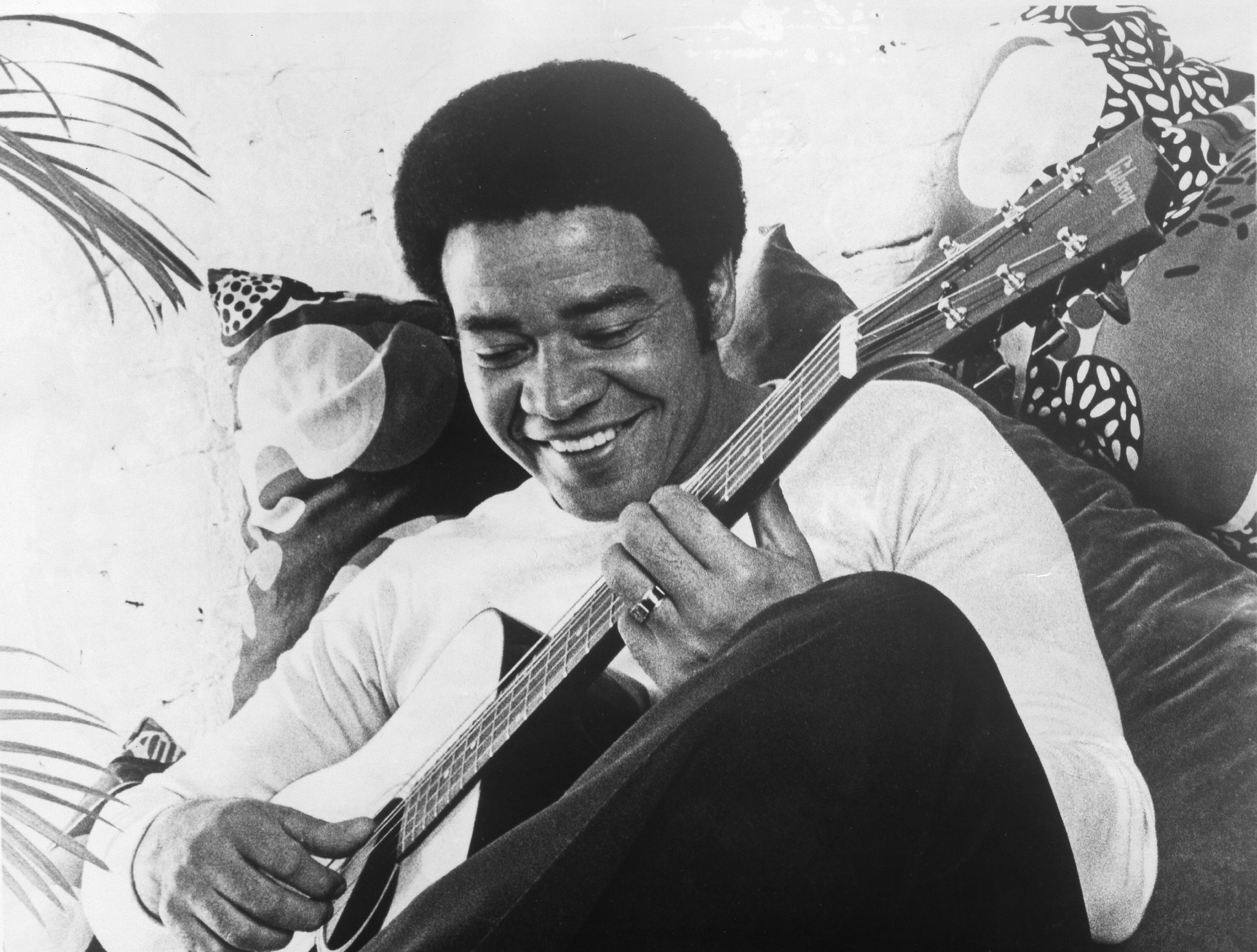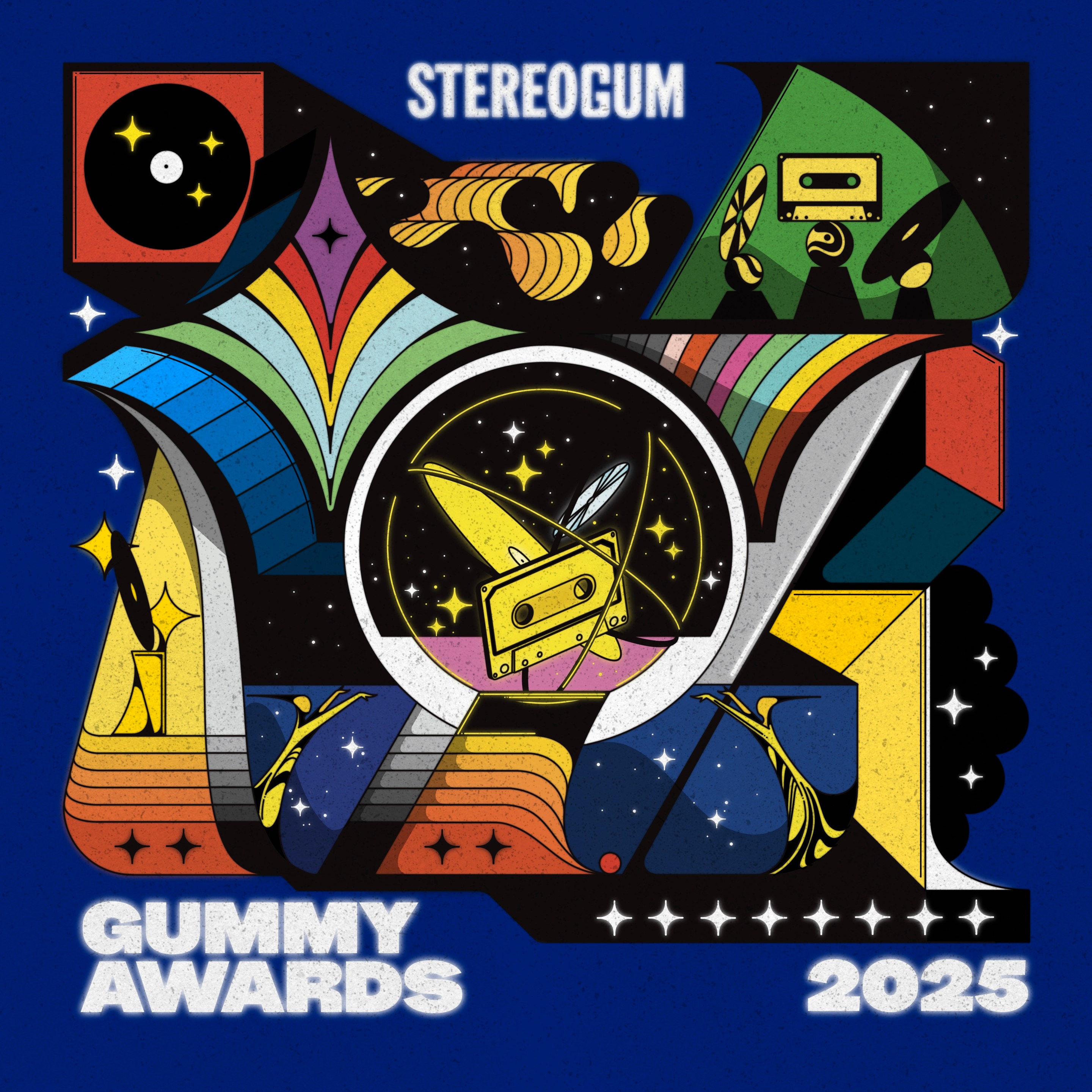When I saw the news this morning that Bill Withers had passed away, the first thing I did -- besides the new perverse ritual of finding out whether a recently deceased person had contracted COVID-19, to make some pointless calculation of exactly how upset I was and why -- was tell my wife. “Who’s Bill Withers?” she asked (don’t judge her, she’s a virologist with a PhD, and has things on her mind besides the album liner notes that fill my brain). So I proceeded to list off the songs that she could instantly recognize just by their title: “Lean On Me.” “Ain’t No Sunshine.” “Lovely Day.” “Just The Two Of Us.”
Bill Withers was only an active recording artist for a little over a decade, but the handful of Top 40 hits he accrued in that time were the durable stuff that standards are made of. He may not have the catalog of a Stevie Wonder, but his signature songs could go toe-to-toe with anybody else’s five biggest hits. Just about everybody who was born after his ‘70s heyday can probably remember a moment when they asked who Bill Withers was, and then realized he sang a song they’d been hearing their whole lives, and another one, and another, and another.
https://youtube.com/watch?v=Wdizl63aols
“I lived a good portion of my life before I started to play music,” Withers recalled in the 2009 documentary Still Bill, which is available to watch on YouTube. “The first live singing I ever did was in front of about five thousand people.” Part of the Bill Withers legend is that he kept his day job at a factory for a while even after “Ain’t No Sunshine” debuted on the charts. But the factory was in Los Angeles, where the West Virginia native had moved to start his music career after nine years in the United States Navy.
Bill Withers was an unpretentious everyman, but an ambitious one who worked harder at his success than he may have liked to admit. But by his own admission, “the fame game was kicking my ass,” and he hadn’t made an album in 35 years when he passed away from heart complications at 81 this week. And while there’s a core of songs that he’ll always be remembered for, his eight studio albums are full of overlooked gems.
“I Wish You Well”
“If nobody throws all their rules at you, you might make a song with no introduction,” Withers lamented in Still Bill about advice he got from A&R men as his career went on. “Instead of singing about romantic love all the time, you make a love song about your grandmother. Or you make a friendship song a la ‘Lean On Me,’ searching through your feelings and your vulnerabilities and your strengths and your weaknesses.” A minor R&B hit in 1976, “I Wish You Well” epitomizes the familial warmth and spirit of generosity that emanated from Bill Withers songs more naturally than his peers’ lustier love songs.
“Let Me In Your Life”
1972’s “Let Me In Your Life” was a sweetly pleading acoustic song that served as the B-side to Withers’ sexiest hit, “Use Me.” A year later on the Bill Withers Live At Carnegie Hall double album, he preceded it with a bantering introduction -- labeled a “rap” on the record sleeve -- in which he explains why a man might sing a song like this to a woman: “A lot of cats get up in an age around in their early thirties, and they start to think of, like, lifetime companionship. And that’s when they start to meet ladies who are not too prone to trust anybody, and they got plenty of history to prove to you why they shouldn’t trust anybody.”
“Naked & Warm”
“New words started to enter my life that had never been there before like ‘handsome.’ Boy, you sure do get better lookin’ when you get a hit record,” Withers joked in Still Bill. While he never exactly became Teddy Pendergrass, Withers did begin to lean into the sex symbol status granted to him by songs like “Use Me,” most notably on the title track to his funkiest but lowest charting album, 1976’s Naked & Warm.
“Kissing My Love”
Nobody knew it back when they were actually being recorded, but the best way to get a ‘70s soul record sampled by the next generation’s hip-hop producers was to open one side of an album with unaccompanied drums. And side two of the biggest Bill Withers album, 1972’s Still Bill, kicks off with eight bars of legendary session drummer James Gadson laying down a killer beat before anybody else plays a note on “Kissing My Love.” Inevitably, that breakbeat became the foundation of songs by Eric B. & Rakim, the Jungle Brothers, J. Cole, and most famously, Dr. Dre’s 1993 hit “Let Me Ride.”
“Everybody’s Talkin’”
Bill Withers covered a pair of contemporary pop/rock hits on his 1971 debut Just As I Am: “Let It Be” by the Beatles, and “Everybody’s Talkin’,” popularized by Harry Nilsson. But whether or not Withers knew it, he was the perfect singer to channel the spirit of folk singer Fred Neil’s original 1966 recording of “Everybody’s Talkin’.” As legend has it, Neil was anxious to finish the recording session for his self-titled second album and return home to Miami. So he quickly composed the yearning, weary song that expressed his exact emotion at that moment, penning a classic almost by accident. Like Withers, Neil recorded a few albums and then lived out his later years far away from the music industry.
“Better Off Dead”
The bone deep sorrow of “Ain’t No Sunshine” provided Withers with an unlikely pop breakthrough on Just As I Am. But the album ended with a song with even darker lyrics but a surprisingly lively conga groove. “She’s better off without me, and I’m better off dead,” Withers sings, before concluding his debut album with the sound of a gunshot, two decades before Notorious B.I.G. would do the same on “Suicidal Thoughts.”
“Family Table”
Bill Withers had just signed with a big label, CBS Records, for the first time in 1975 and was a decade away from leaving the music industry when he recorded his fourth album, Making Music. But the song “Family Table” is proof that he already had the mindset that where he came from was more important than where he was going: “I will follow my dreams wherever they take, I will stand up on the mountain and look down upon the seashore/ But I will always remember the family table if I don’t ever go back anymore.”
“Lovely Night For Dancing”
The follow-up to Withers’s comeback hit “Lovely Day” was another song from 1977’s Menagerie that feels like a deliberate sequel, the lovely night that follows the lovely day. The song’s chart performance paled in comparison to its predecessor, but the track’s slap bass, clavinet, and handclaps envelop a sumptuous and sensual vocal performance.
“The Same Love That Made Me Laugh”
The highest charting single from 1974’s +’Justments missed the Top 40. But the song’s percussive wah wah guitar, driving hi-hat cymbal, and dramatic string arrangement were proto-disco enough that the song made perfect sense for Diana Ross to cover with just a little more bombast on 1977’s Baby It’s Me. The chorus opens with a melismatic run where he breaks the word “why” into roughly 19 syllables, one of those virtuosic moments that people might not even notice due in part to Withers’ humble persona.
“We Could Be Sweet Lovers”
Although it’s tempting to lament what could have been if Withers hadn’t left the music industry after 1985’s Watching You Watching Me, there’s no telling whether he had more classics in him. That album, after all, has dated poorly with it’s glossy ‘80s production and saccharine songs like “You Try To Find A Love.” But the reggae bounce of “We Could Be Sweet Lovers” managed to travel halfway around the world to New Zealand, where a band called the Holidaymakers recorded their own version, titled simply “Sweet Lovers.” It topped the New Zealand singles chart for 6 weeks, becoming the country’s biggest song of 1988.
Listen to these tracks collected into a Spotify playlist below.






